I am planning on buying a water softener and related items and would like to get feedback on my plans:
Water Stats:
City water
9 gpg hardness
No iron or magnesium
1.03 ppm total chorine
Service flow rate= 5.2 gal/min (measured by bucket filled at outside faucet)
Peak demand flow rate is about 8 gal/min.
Water pressure= 40 psi
Actual water usage = 120 gal/day (measured by water company billing), but with the addition of a softener and RO filter, call it 150 gal/day to be generous. 3 people are in the house, no plans for more people.
1.5 baths
No shower jets, multihead showers, pool, artificial snow machines, etc.,
Because chlorine degrades the water softener resin, and also to capture chemicals, I plan to install a whole house backwashing carbon filter ahead of the softener. And I plan to install a Culligan Big Blue filter ahead of the carbon filter to grab grit.
Set for a weekly recharge, a water softener would remove (9 grains/gal) x (150 gal/day) x (7 days/week) = 9450 grains/week, making a 15000 size softener best for our needs.
I can set the softener at 6 pounds of dosing to remove 10000 grains of hardness.
What I think I want:
Softener:
15000 grain softener, mineral tank sized 7" X 44"
0.5 cu ft resin, 10% cross-link, standard mesh size
Fleck 5600SXT (electronic programable) valve
Transformer for Fleck 5600SXT
Upper distributor basket, standard size
Gravel underbedding
3/4 Inch Noryl Yoke with Noryl Bypass Valve
1 inch diameter riser tube
Standard mesh riser basket
Tubing to connect the control valve to the drain
(NO to: Res-Up, CanPro, Autotrol Turbulator, Vortech)
Brine tank:
Square 11x11x38 Brine Tank 156 lb capacity
4 inch brine well
Fleck 2310 Safety valve assembly
Brine tank cover
Brine overflow elbow
Hose for overflow
Salt grid
Tubing to connect the control valve with the brine tank
Whole house carbon filter:
10x44 resin tank
1 cubic foot of Centaur carbon
Gravel underbed
Fleck 5600SXT Auto Backwash Valve
Transformer for Fleck valve
3/4 Inch Noryl Yoke with Noryl Bypass Valve
Riser tube
Upper basket
Lower basket
Tubing to connect the control valve to the drain
Ahead of the carbon filter, I plan to install a Culligan Big Blue, 10", accessorized with a mounting bracket, special housing wrench, and food-grade silicone grease. I'll start with a 20 or 50 micron filter. If the Big Blue reduces pressure too much, I'll add a second one in parallel.
3/4" pipes and connections throughout.
I'll also install a RO system (Whirlpool WhER25), after the softener but that's fairly straightforward.
I finally decided against Vortech informed by AliceinWonderland's feedback and reasoning on a different thread. I realized that gravel is tougher than plastic.
What I'm undecided about:
1) The 10% crosslink resin is more expensive per bag than the supposedly superior Purolite SST 60. I don’t have an iron problem, but is there any reason to avoid the SST 60?
2) Whether or not to install pressure gauges at various points (between Big Blue filter and carbon filter, between carbon filter and softener, after softener).
3) Whether or not to install a hose bib for testing the water between the carbon filter and the softener. Do any forum participants have one installed and use it?
4) Getting a booster pump to compensate for water pressure loss. I will decide on this after everything is installed and we use it for a bit. Starting at 40 psi, with the sequence of Big Blue(s), whole house carbon filter, water softener, and then a split to a RO filter, I might end up with the water pressure of a damp sponge on a cold day. We'll see.
5) Using a larger brine tank (round 18x33, 240 lb capacity) instead of the 156 lb capacity I listed above. I'm expecting to use about 6 lbs of salt per week (see side notes below), so I think the smaller one would be OK. I can accept adding salt more frequently to the smaller tank with a benefit of having more free floor space.
6) Skip the Noryl bypass valves and install my own three valve bypasses with full port, 1/4 turn ball shut offs.
7) Getting a smaller 9" tank for the whole house carbon filter instead of a 10". The website listed a 10x44 tank for 1 cu ft of carbon, but it listed a 9x44 tank for 1 cu ft of softening resin. Does the carbon need that much more extra space than cation resin for some reason?
What I'd love feedback on:
A) Anything undecided above.
B) Is this plan reasonable?
C) Is the 15000 grain softener size correct?
D) Am I missing/forgetting/overlooking anything?
E) Anyone know a good source for pressure gauges so I can price them out? Or what I should be looking for/avoiding in a pressure gauge? I'm looking for something midrange.
Thanks for any feedback and comments!

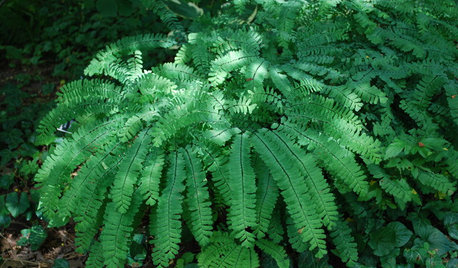
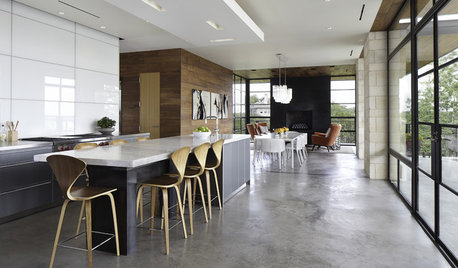


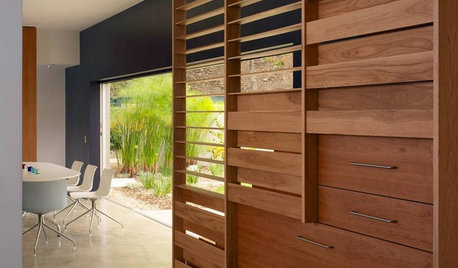
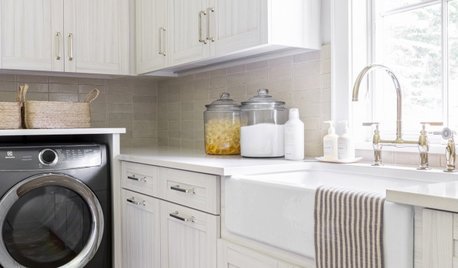
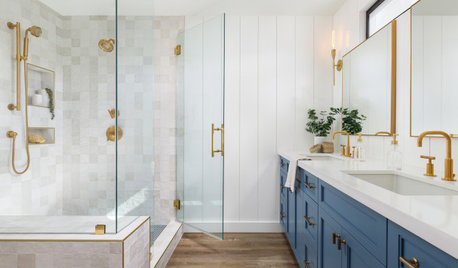
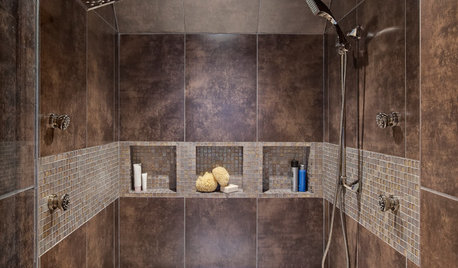
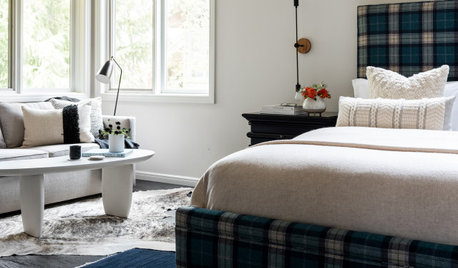






User
SlugTheGardnerOriginal Author
Related Professionals
Vienna Handyman · Holden Kitchen & Bathroom Remodelers · Sunrise Manor Kitchen & Bathroom Remodelers · Bay Shore Kitchen & Bathroom Remodelers · Elk Grove Village Kitchen & Bathroom Remodelers · Eureka Kitchen & Bathroom Remodelers · Jacksonville Kitchen & Bathroom Remodelers · Lynn Haven Kitchen & Bathroom Remodelers · North Arlington Kitchen & Bathroom Remodelers · Paducah Kitchen & Bathroom Remodelers · Spanish Springs Kitchen & Bathroom Remodelers · Vashon Kitchen & Bathroom Remodelers · Vienna Kitchen & Bathroom Remodelers · Westminster Kitchen & Bathroom Remodelers · Mountain Top Kitchen & Bathroom RemodelersUser